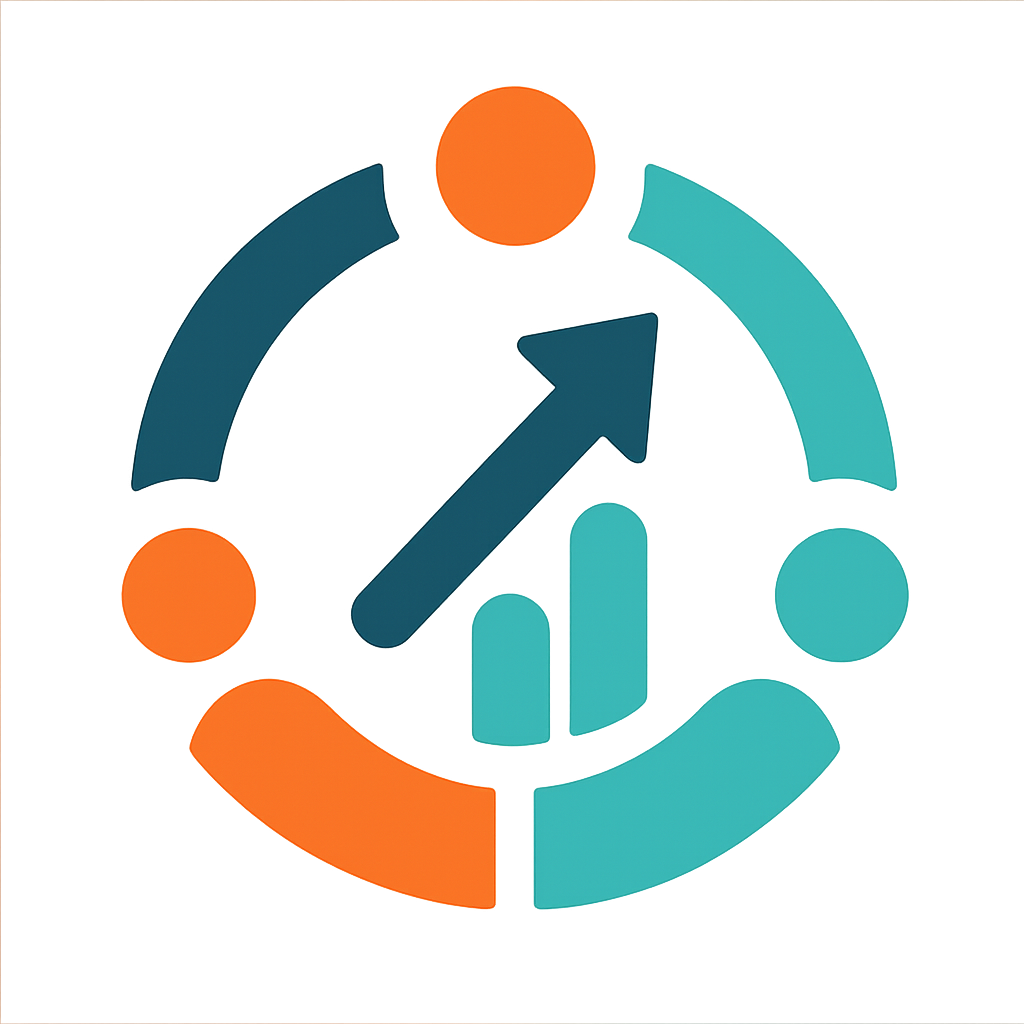AI transcript
0:00:09 The Tim Ferriss Show. This episode is a brand new experiment called Meditation Monday. That means,
0:00:14 in addition to my long-form interviews each week, every Monday, I will be bringing you a short 10
0:00:19 minute or so meditation, which will help you for the rest of the week. Over this four-episode
0:00:24 series, you’ll develop a Zen toolkit specifically to help you find greater calm, peace, and effectiveness
0:00:29 in your daily life. The teacher, Henry Schuchman, has been on my podcast twice before. He is one
0:00:34 of only a few dozen masters in the world authorized to teach what is called Sambo Zen,
0:00:38 and I have found this particularly interesting and effective. And now he’ll be your teacher.
0:00:46 I’ve been using Henry’s app The Way once, often twice a day for the last few months, and it has
0:00:51 lowered my anxiety more than I thought possible. As a listener of the show, you yourself can get
0:00:57 30 free sessions by visiting thewayapp.com/tim. So, if you like what you hear in these meditations,
0:01:01 which will be valuable in and of themselves, you can get 30 free sessions by going to
0:01:07 thewayapp.com/tim. And for the time being, please enjoy this Meditation Monday with Henry Schuchman.
0:01:18 Welcome to Meditation Monday. It’s a joy to be back with you. Thanks for hopping on. So,
0:01:26 many of us come to meditation to help us with stress, and rightly so, meditation is a great
0:01:32 vehicle for dialing down our nervous systems, coming back into homeostasis, into more of a
0:01:39 balanced state. But I’ve noticed over 15 years of teaching meditation that it’s not uncommon for
0:01:45 people to get stressed about meditation. There’s good reason for that. In meditation, we’re still,
0:01:52 we’re quiet, and for many of us, we just don’t do that in the course of our day. We’re busy all the
0:01:58 time, engaging activities. We also don’t have distractions. If we’re feeling uncomfortable,
0:02:04 you know, we can’t reach for the phone while we’re meditating, or whatever our favorite
0:02:09 distractions might be. So, it’s perfectly natural. But there’s even a bigger reason,
0:02:15 I think, why people get stressed around it, which is that we commonly think, I did it myself for
0:02:20 years, that there’s something that I’m supposed to kind of measure up to. There’s some way my
0:02:26 meditation is supposed to be. And one of the common misconceptions right there is about thinking,
0:02:33 thinking that we’re supposed to have no thoughts when we meditate. Basically, it’s rubbish.
0:02:40 We are developing a different relationship with thoughts, it’s true. But our brains naturally
0:02:48 secrete thoughts, as some people put it. So, we’re not aspiring to have total, you know,
0:02:55 radio silence within when we meditate, not at all. So, in this set, we’re going to deal with
0:03:01 and address some of this meditation stress, i.e. stress around meditation itself, particularly
0:03:12 when it comes to thinking. So, let’s come into our comfortable seated position. Get yourself set up,
0:03:17 seated in a way that feels good for you. We want to be comfortable.
0:03:28 We want to be able to relax. So, right now we can close the eyes or lower them if you prefer,
0:03:39 keeping them open but lowered. Just give yourself a moment to come back to you. This is really about
0:03:49 you. It’s about you as you are right now. And, you know, sometimes we also get
0:03:56 inklings that it’s about coming back to some sort of deeper sense of myself,
0:04:04 something that in a way has been here all my life and that I may have journeyed far from.
0:04:10 But now we can start coming back.
0:04:20 And it begins with being here just as we are right now.
0:04:33 So, let’s again check how much tension we’re holding in our jaw and release the jaw.
0:04:40 Imagine there’s a little sling right under your chin that your jaw can rest in.
0:04:44 And let it rest.
0:04:54 Let your arms hang like the sleeves of an old coat.
0:04:57 Totally relaxed.
0:05:11 See if you can find a certain sense of warmth and softness in the chest, in the belly,
0:05:26 in the hips and letting legs and feet also be relaxed at rest.
0:05:40 We’re really just coming home to ourselves to this our life just like this.
0:05:51 Now, as we’re resting and being a bit more present,
0:05:59 very commonly thoughts will come up and before we know it, we’re off on a train of thought.
0:06:07 And then we realize, oh, whoa, I’ve been far away in another time and place thinking,
0:06:14 great, we’ve recognized that that’s happened. We congratulate ourselves.
0:06:22 We’ve come back. And what we’re going to do is just check where we were in our thinking,
0:06:29 just enough to be able to file the thinking we were just in, in one of three files.
0:06:42 Memories, plans, imaginings. So just check what kind of thinking it was,
0:06:48 file in either memories, planning or imagining.
0:06:53 Thank the thoughts for showing up and come back.
0:07:07 So as we go, I’ll offer a few little prompts, sitting here in a restful state,
0:07:21 present, not needing to do anything, just noticing when thoughts have come up,
0:07:31 when we’ve been carried off by thinking.
0:07:57 So anytime thoughts have arisen, note them, welcome them, and file them in one of those
0:08:03 three folders, memories, planning, imagining.
0:08:19 And when there’s no thoughts, just rest in being present right here,
0:08:26 sensing your calm, relaxed body.
0:08:33 You might notice some sounds around you.
0:08:55 Resting in the here and now, just this as it is.
0:09:14 And recognizing that thoughts will arise
0:09:23 and filing them according to that little scheme, memories, plans, imaginings.
0:09:26 When we notice they have arisen.
0:09:45 So we’re not trying to have no thoughts,
0:09:52 we’re just seeing if we can notice thoughts when they arise.
0:10:07 We acknowledge them and we file them away in one of those three folders and come back
0:10:14 to not really doing very much.
0:10:23 Basically a kind of wakeful rest.
0:10:35 An attentive not doing.
0:10:50 Just being with our experience as it is right now.
0:10:54 Soft body.
0:11:03 Some amount of sounds around us.
0:11:09 And sometimes thoughts.
0:11:26 Okay, let’s gently bring a little movement back into the body, whatever might feel good for you.
0:11:33 Some people like to sway, some people like to move fingers and toes, just coming back,
0:11:39 raising the eyes. Great, now one thing that I just want to say as we conclude here is that
0:11:46 the most important thing, I’m quite sure of this actually with meditation, is not sort of how well
0:11:52 we think we do it or how good a time we might have doing it and we will sometimes have blissful,
0:11:58 peaceful experiences and so on. But actually the most important thing is just that we spent
0:12:05 a little portion of our day being quiet and still and not reaching for common distractions.
0:12:15 Just that stillness impacts our unconscious. Just the fact of being quiet in as quiet as we are
0:12:21 in our minds doesn’t matter so much that we are actually just not talking for that period of time.
0:12:32 Quiet and still, it impacts, it feeds into our unconsciousness and it gradually changes us
0:12:41 over time in beautiful ways that we can really come to appreciate more and more as we go.
0:12:45 Thank you very much for joining me. See you next time.
0:12:55 [BLANK_AUDIO]
This episode is part of a new experiment called Meditation Monday. The teacher, Henry Shukman, has been on my podcast twice before. He is one of only a few dozen masters in the world authorized to teach Sanbo Zen, and now, he’ll be your teacher.
In addition to my long-form interviews each week, every Monday I’ll bring you a short 10-minute or so meditation, which will help you for the rest of the week.
Over this four-episode series, you’ll develop a Zen toolkit to help you find greater calm, peace, and effectiveness in your daily life.
Henry’s app, The Way, has changed my life since I first started using it. Unlike other meditation apps, where you’re overwhelmed with a thousand choices, The Way is a clear step-by-step training program guided entirely by Henry. Through a logical progression, you’ll develop real skills that stick with you.
I’ve been using it daily, often twice a day, and it’s lowered my anxiety more than I thought possible.
As a listener of my podcast, you can get 30 free sessions by visiting https://thewayapp.com/tim and downloading the app.
See Privacy Policy at https://art19.com/privacy and California Privacy Notice at https://art19.com/privacy#do-not-sell-my-info.



Leave a Reply
You must be logged in to post a comment.